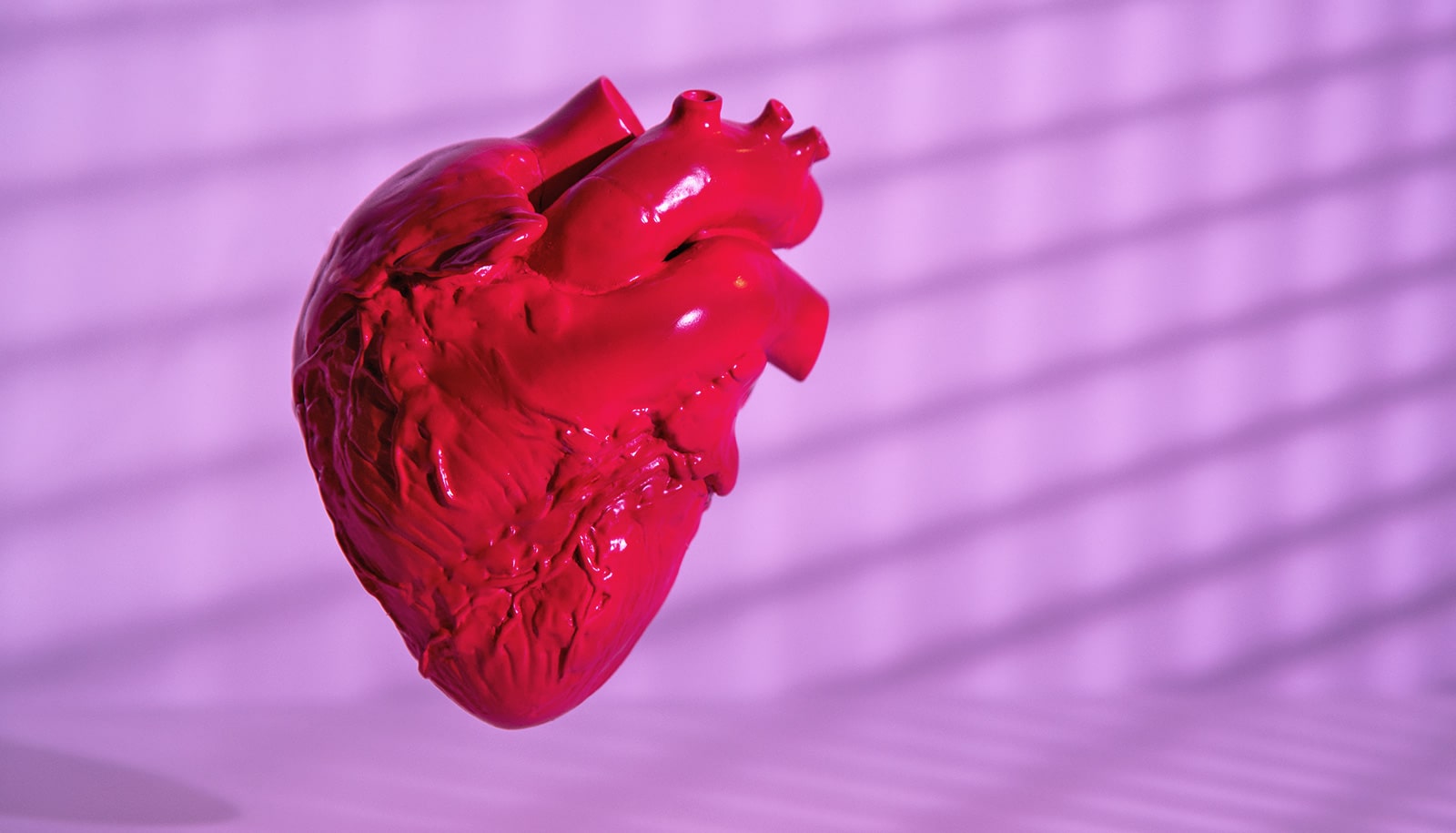A powerful new computer model replicates biological activity in the heart that precedes sudden cardiac arrest. The advance will help researchers better study the rare but often fatal sequence of events.
Sudden cardiac arrest occurs when an arrhythmia—an irregular heartbeat—disrupts normal electrical activity in the heart and stops it from pumping.
“For the first time, we have come up with a method for relating how distressed molecular mechanisms in heart disease determine the probability of arrhythmias in cardiac tissue,” says Raimond L. Winslow, professor of biomedical engineering at Johns Hopkins University.
Sudden cardiac arrest can occur in people who seem healthy and…is usually fatal—often within minutes.
“The importance of this is that we can now quantify precisely how these dysfunctions drive and influence the likelihood of arrhythmias. That is to say, we now have a way of identifying the most important controlling molecular factors associated with these arrhythmias.”
Sudden cardiac arrest can occur in people who seem healthy and have no known risk factors, the National Institutes of Health says. It is usually fatal—often within minutes—without rapid medical intervention. The arrhythmias linked to sudden cardiac death are rare, however, making it difficult to study how they occur and might be prevented.
As reported in PLOS Computational Biology, the digital model offers important clues that could lead to the identification of treatment targets for drug makers.
“It could lead to better drugs that target the right mechanisms,” says Winslow, senior author of the study. “If you can find a molecule that blocks this particular action, then doing so will significantly reduce the probability of an arrhythmia, whereas other manipulations will have comparatively negligible effects.”
Researchers wanted to learn what led to arrhythmia at three biological levels: in the heart tissue as a whole, within individual heart cells, and within the molecules that make up the cells, including small proteins called ion channels that control the movement of calcium in the heart.
“Calcium is an important player in the functioning of a heart cell,” says Mark Walker, the study’s lead author. “There are a lot of interesting questions about how the handling of calcium in heart cells can sort-of go haywire.”
Walker and colleagues chose to focus on one question: When heart cells possess too much calcium, which can happen in heart disease patients, how does this overload of calcium trigger an arrhythmia?
They discovered that overloaded heart cells expel excess calcium, and, in doing so, generate an electrical signal. If, by chance, enough of these signals come at the same time, arrhythmia can start.
“Imagine if you have a bunch of people in a room, and you want to test the strength of the floor they are all standing on,” Walker says. “It’s not a very strong floor, so if there’s enough force on it, it will break. You tell everyone that on the count of three, jump in the air. They all land on the floor, and you try to figure out what’s the probability that the floor will break, given that everyone is going to jump at a slightly different time, people will weigh different amounts, and they might jump to different heights. These are all random variables.”
Similarly, random variables determine when enough calcium-related electrical signals simultaneously discharge in the heart and set off a lethal arrhythmia. Because those circumstances are so rare, they are very tough to predict.
Algorithm beats experts at diagnosing heart rhythm
“You’re trying to figure out what the probability is,” Walker says. “The difficulty of doing that is if the probability is one in a million, then you have to do tens of millions of trials to estimate that probability. One of the advances that we made in this work was that we were able to figure out how to do this with really just a handful of trials.”
At present, the new computer model can’t predict which heart patients face a higher risk of sudden cardiac death. But the model should speed up the pace of heart research and the development of related medicines or treatments such as gene therapy. The model will be shared as free open-source software.
Coauthors are from Johns Hopkins and IBM’s Thomas J. Watson Research Center. The National Heart, Blood and Lung Institute funded the work.
Source: Johns Hopkins University



